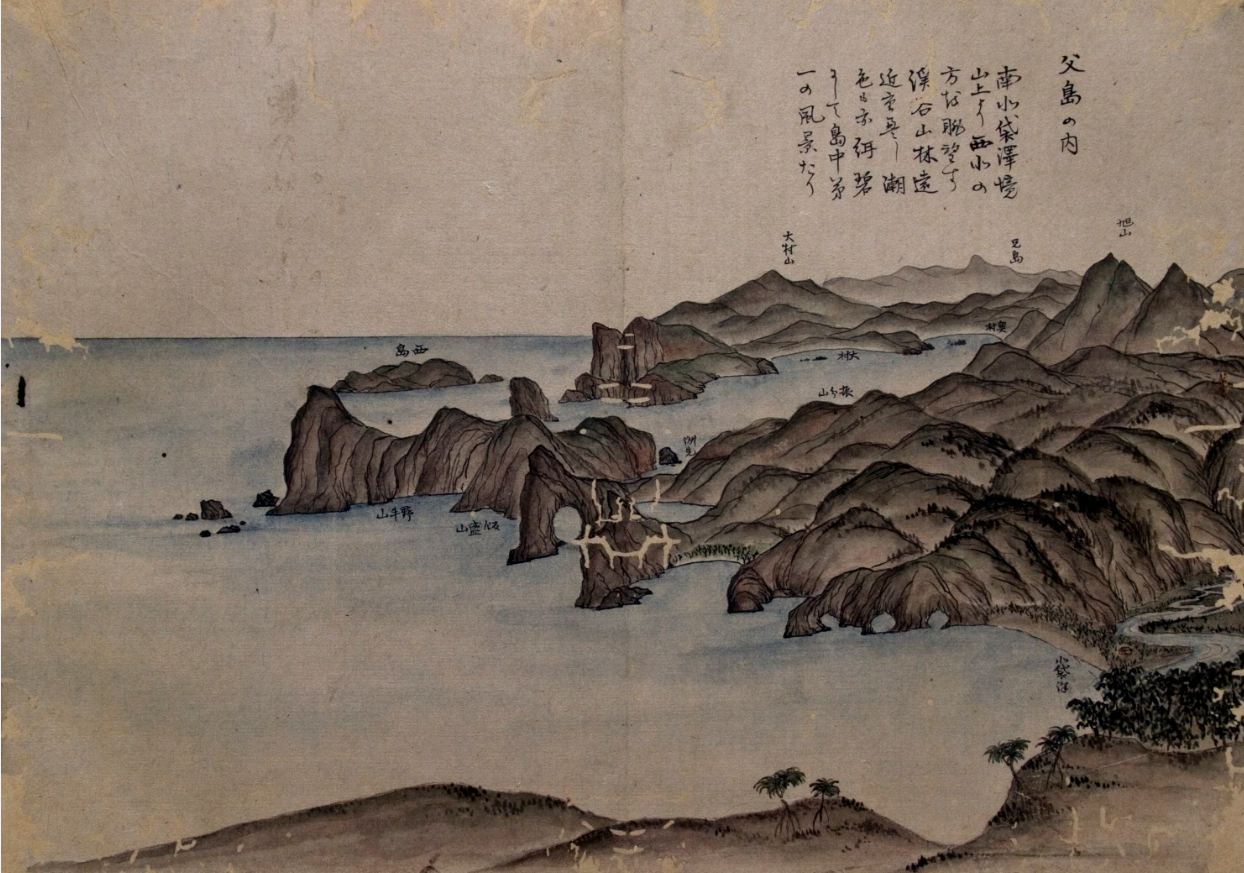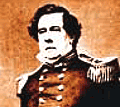History

It is said the Ogasawara Islands was discovered in 1593 by Ogasawara Sadayori, the great-grandchild of the castellan of Fukashi, Shinshu (Matsumoto castle). The first people to settle were of European / American origins as well as people from islands in the Pacific. They came to the Ogasawara Islands in 1830, which was the latter Edo period. Through expeditions as well as cultivation by the shogunate and the Meiji government, the islands became internationally accepted as Japanese territory in 1876.
Fruit trees as well as winter vegetables were grown from the Taisho era to the early Meiji era by making the most of the subtropical climate. The fishing industry also began to flourish, which centered on fishing bonito, tuna, whales, and corals. At the same time the Ogasawara Islands came to its peak of development as the population reached 7000. However the Pacific War became a large turning point for the beautiful and peaceful islands of “Ogasawara”. Due to the worsening situation of the war 6,886 people were forced to evacuate to the mainland while 825 people had to remain and join the army.
Japan lost the war, and Ogasawara became occupied by the United States Army. In 1946, original inhabitants of the islands of western origin were permitted to return to the islands. Still a large number of the remaining inhabitants were not allowed to return to their homes, and were forced to spend difficult lives in unfamiliar lands.
The Ogasawara Islands was returned to Japan in June 1968, and the original inhabitants were finally able to return. Various public undertakings have been advanced under the Act on Special Measures of the country in order to make up for those lost years and to construct a new village.
Iwo-to (Iwo-jima) became a fierce battle site during the Pacific War. Towards the end of the ferocious battle, the Japanese Army chose to die honorably and altogether over 20,000 lives were lost on both sides of the Japanese and United States Armies. People still have not been able to return to Iwo-to after the reversion, also due to harsh natural conditions such as volcanic activities. As of today, only people who work or are stationed at the Self Defence Force Base reside on the island.

John Manjiro was the first person to introduce the western method of whaling in 1863. Today whales are no longer resources for “food” and are treated as precious creatures to be “observed”. The Ogasawara Islands work for the protection of the world’s largest mammal.